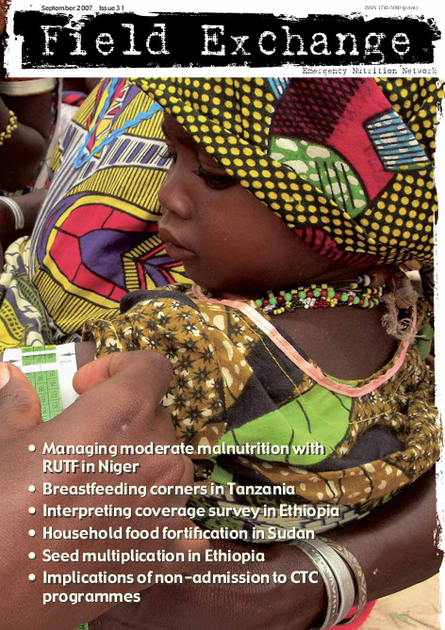
One of the longest raging debates in nutrition continues in the letters section of this issue of Field Exchange. Put simply, does the nutrition community invest too much in magic bullets and not enough in home grown and more sustainable solutions? In the 1970s/80s, micronutrients supplementation became the 'magic bullet' to address malnutrition. Massive investments in Vitamin A, iron and iodine programmes were made while, according to critics, problems of chronic malnutrition and stunting were largely ignored. More recently, the roll out of community therapeutic care using ready to use therapeutic foods (RUTF) has drawn 'flak' from those who feel the approach is too dependent upon commercially produced, ready-made products and therefore not sustainable - see letters section in Field Exchange issue 19 (p23). The discourse on this subject is particularly apposite given the nature of so many field articles currently being submitted to the ENN, and in particular two of the articles published in this issue.
